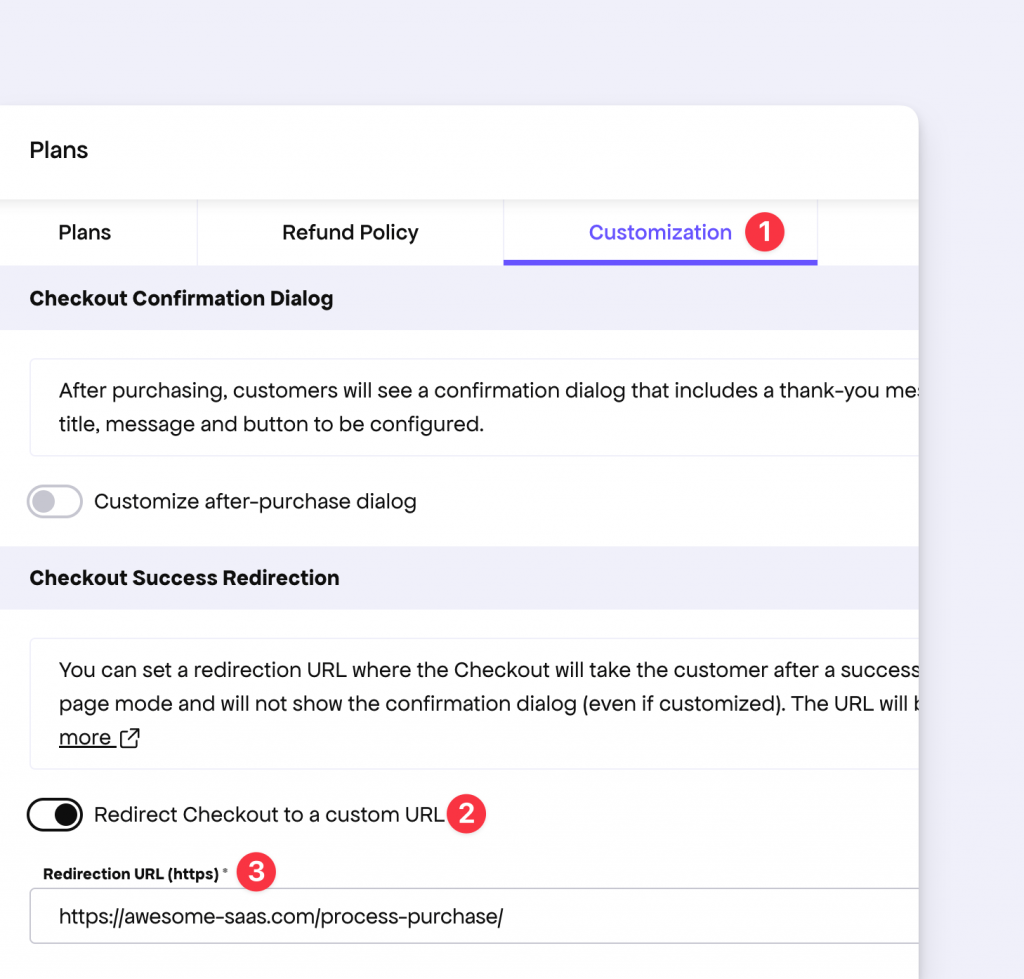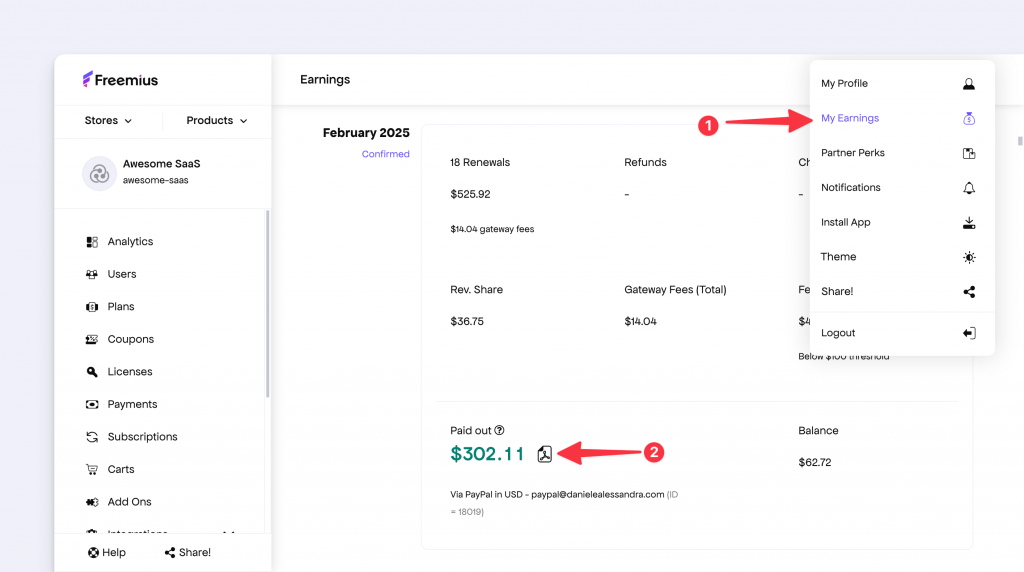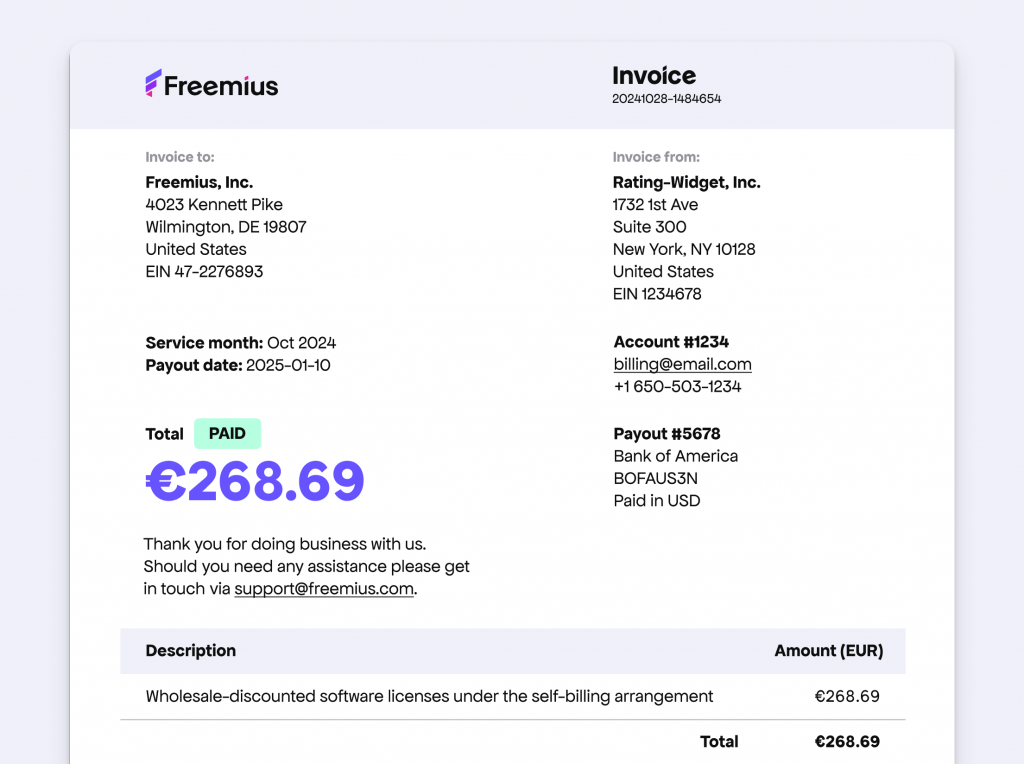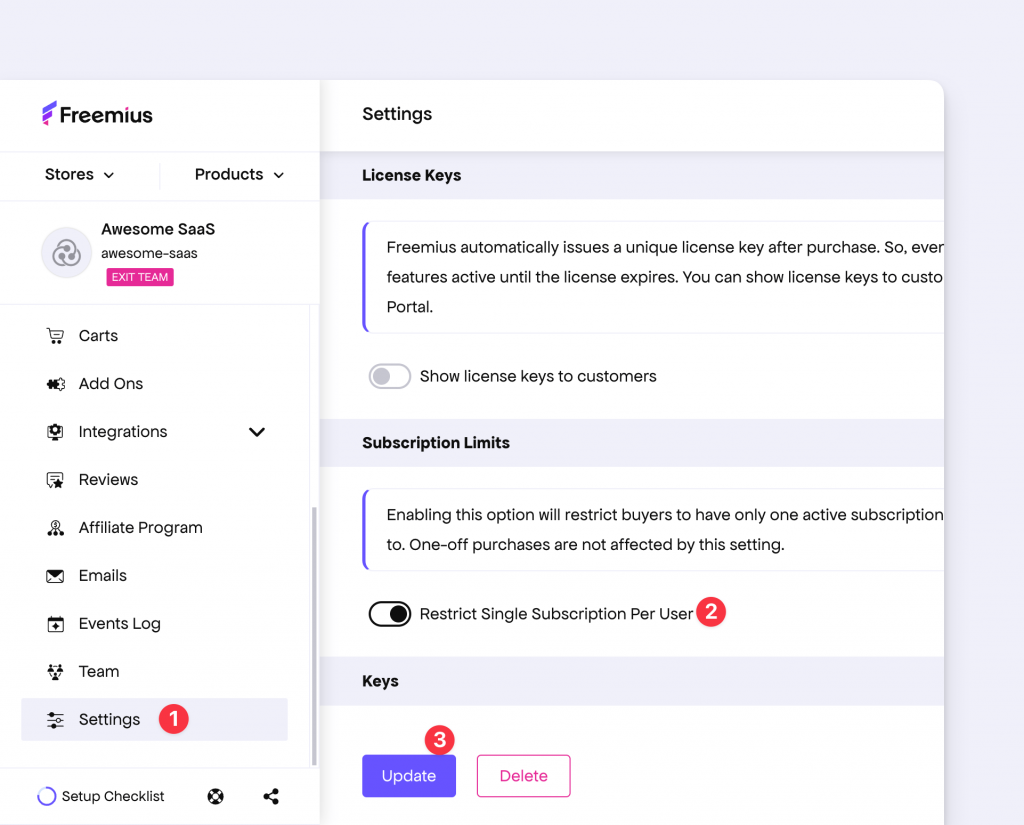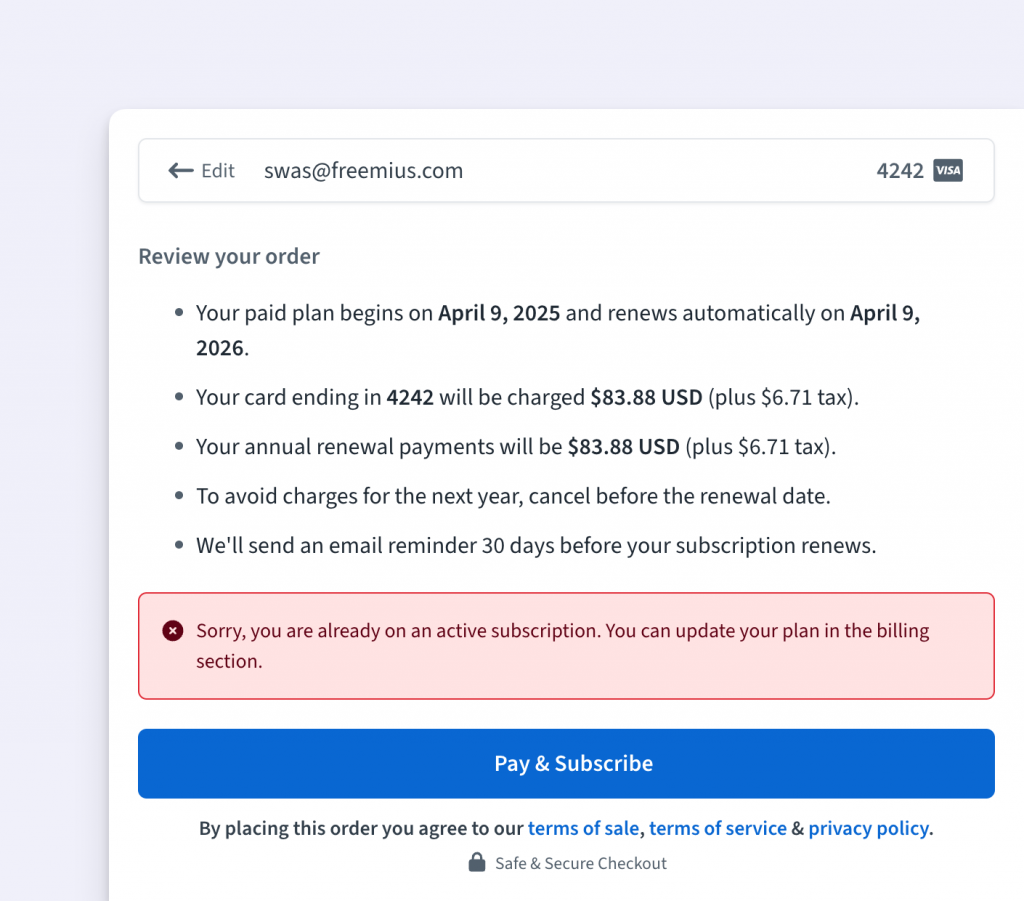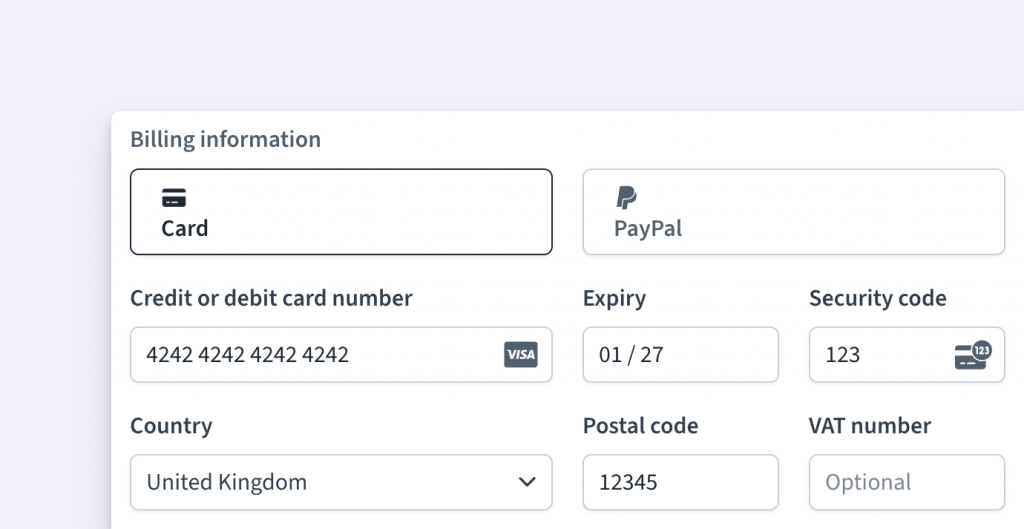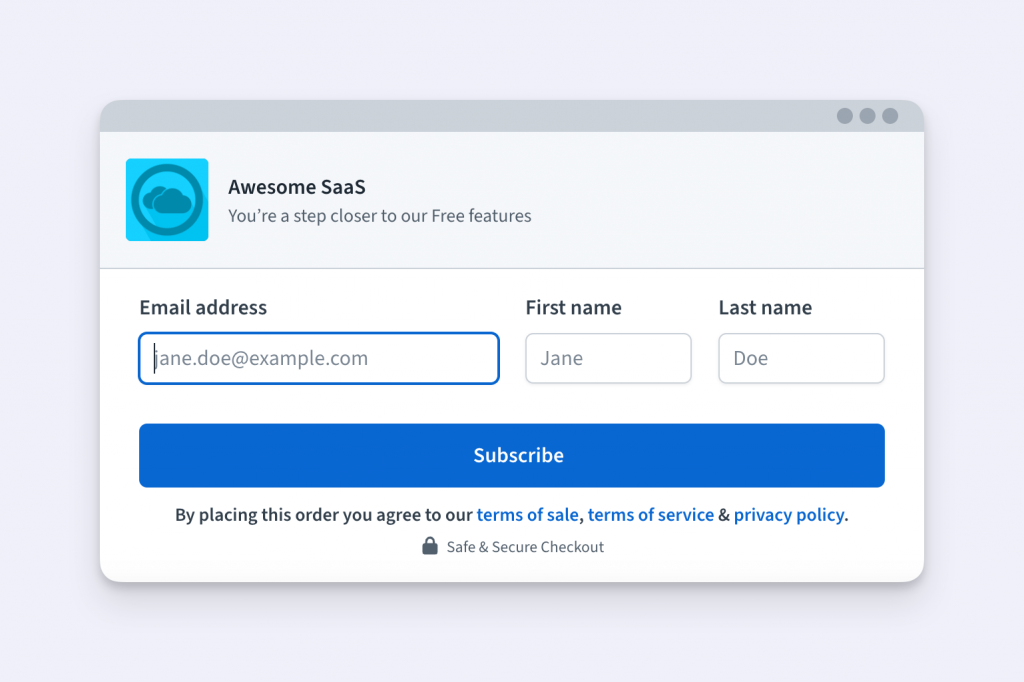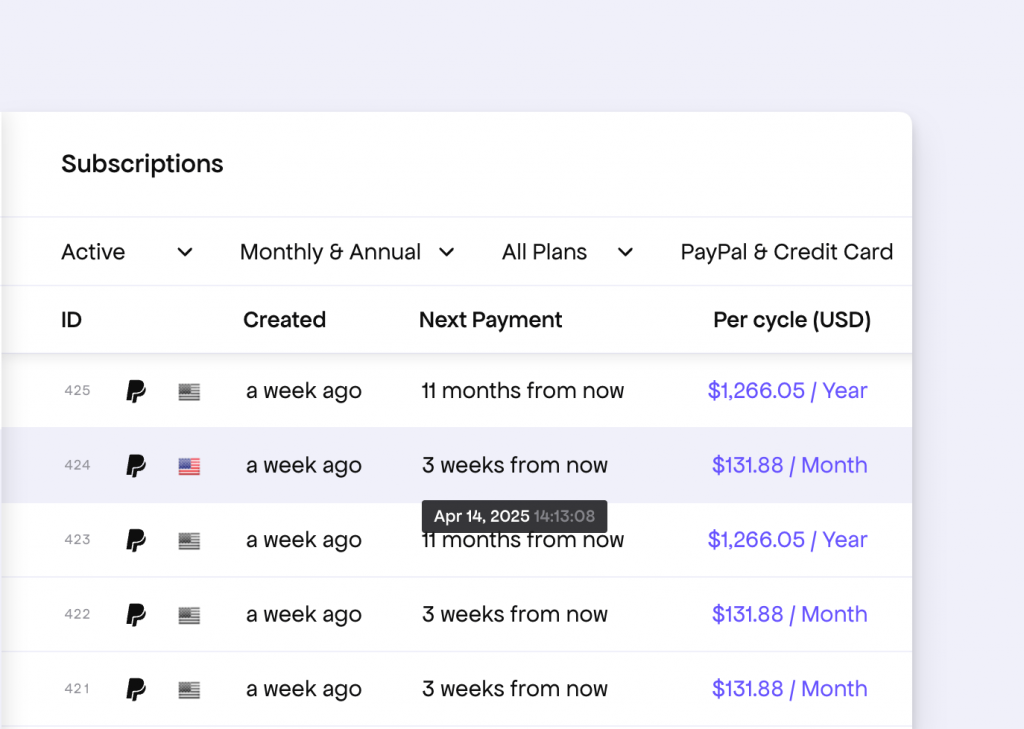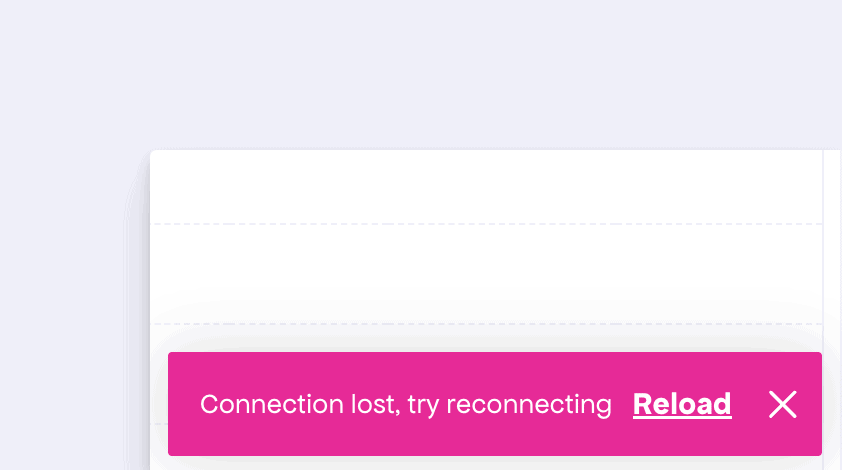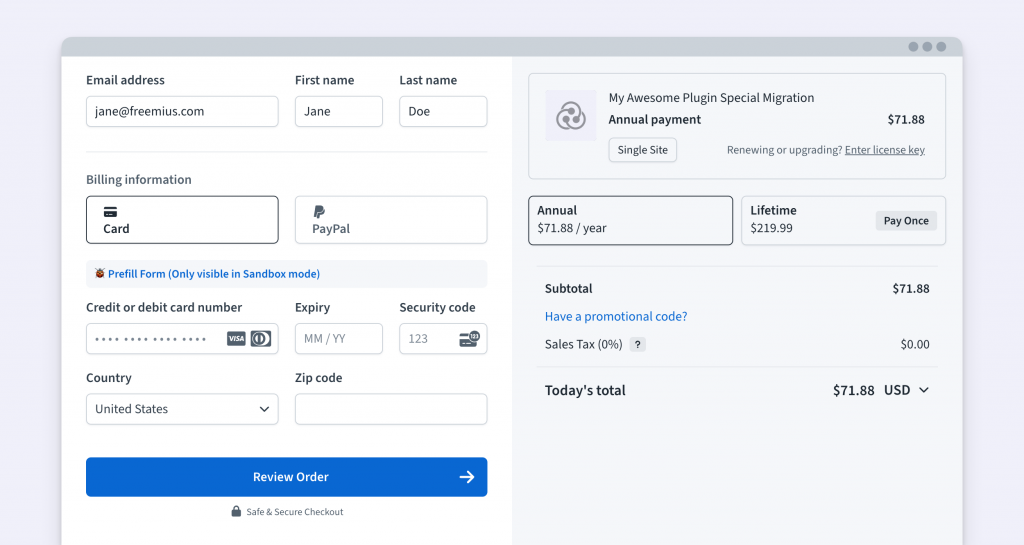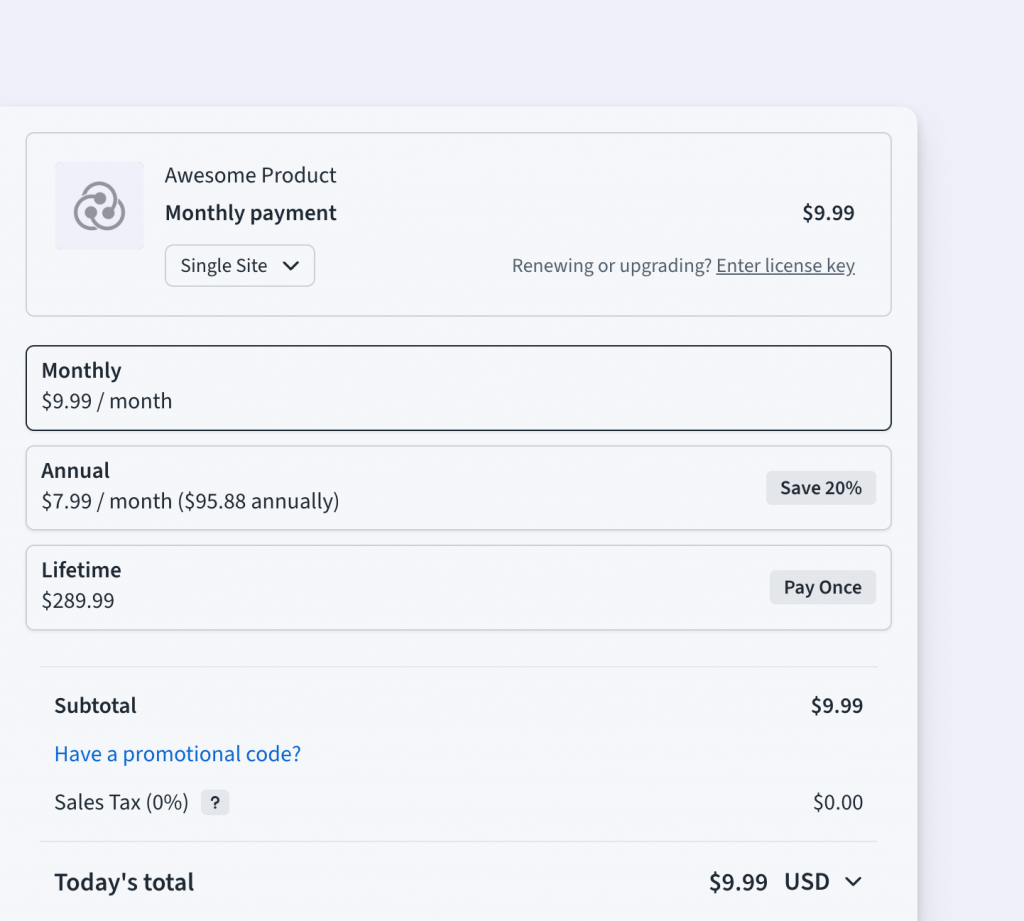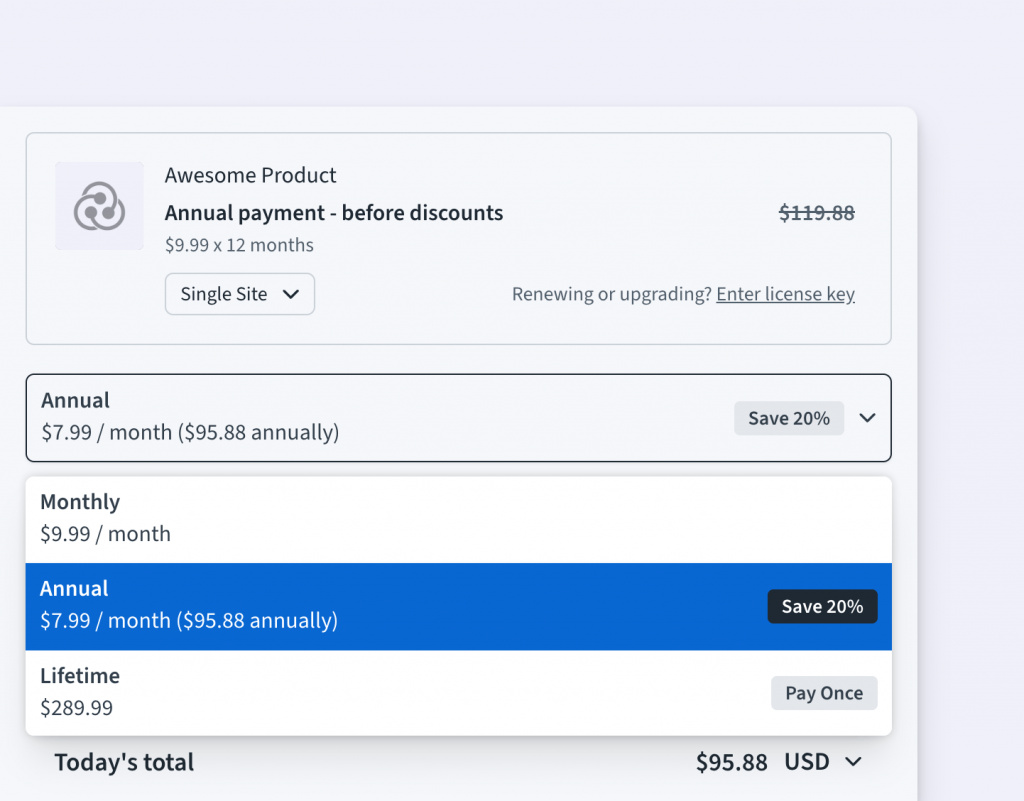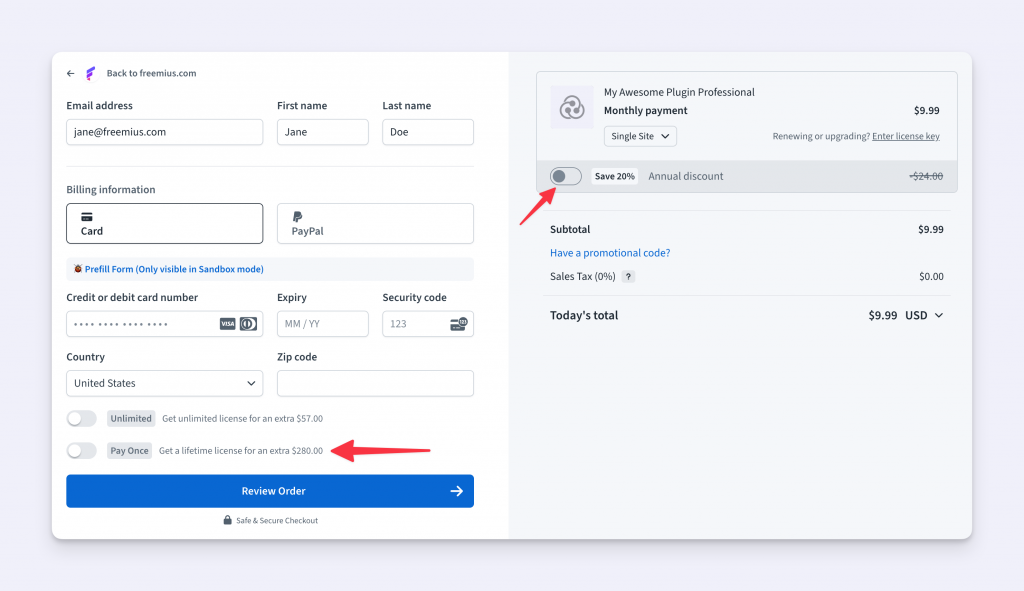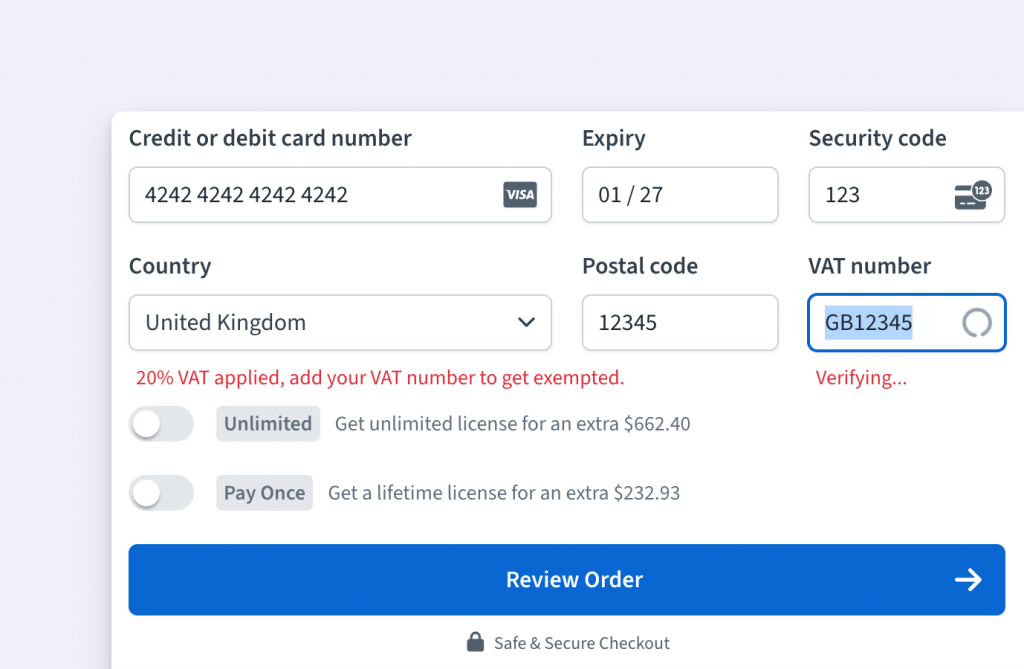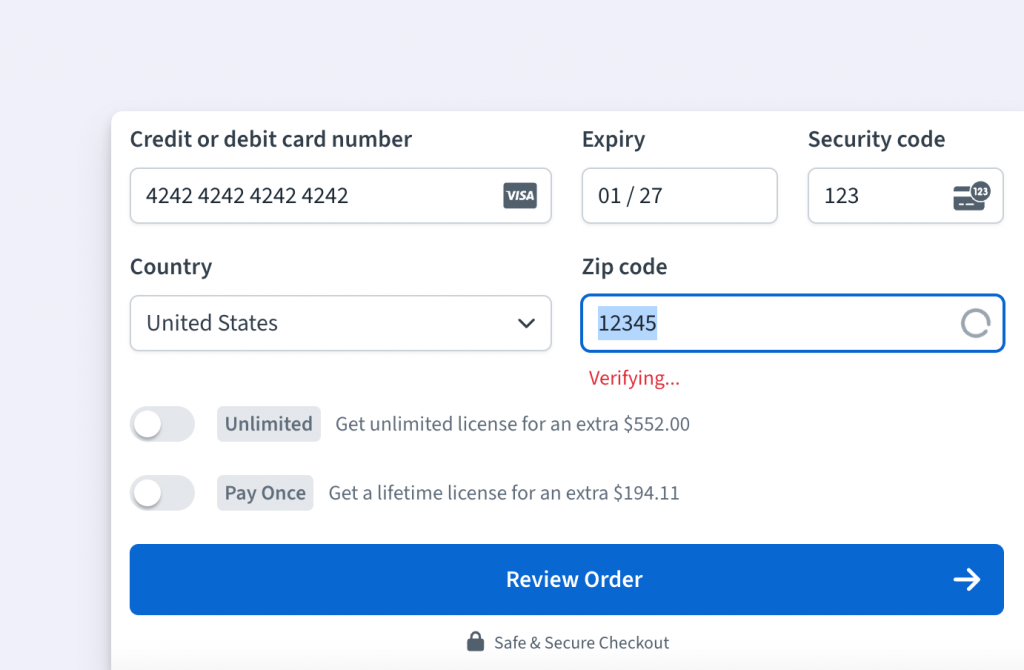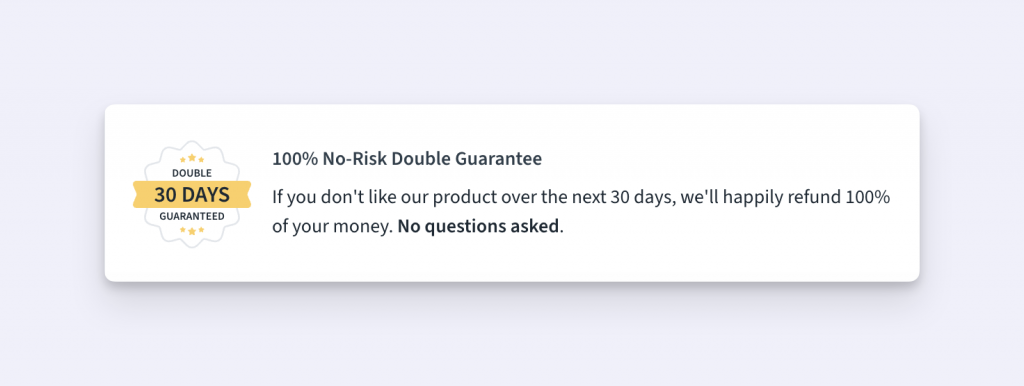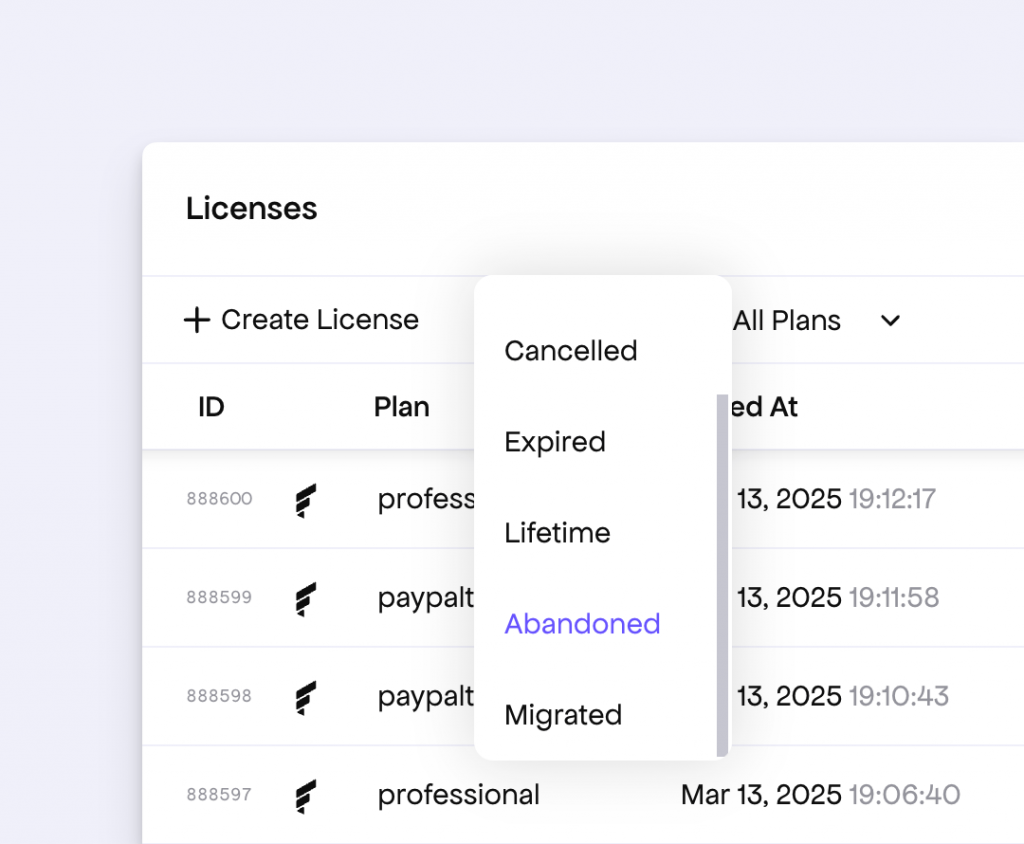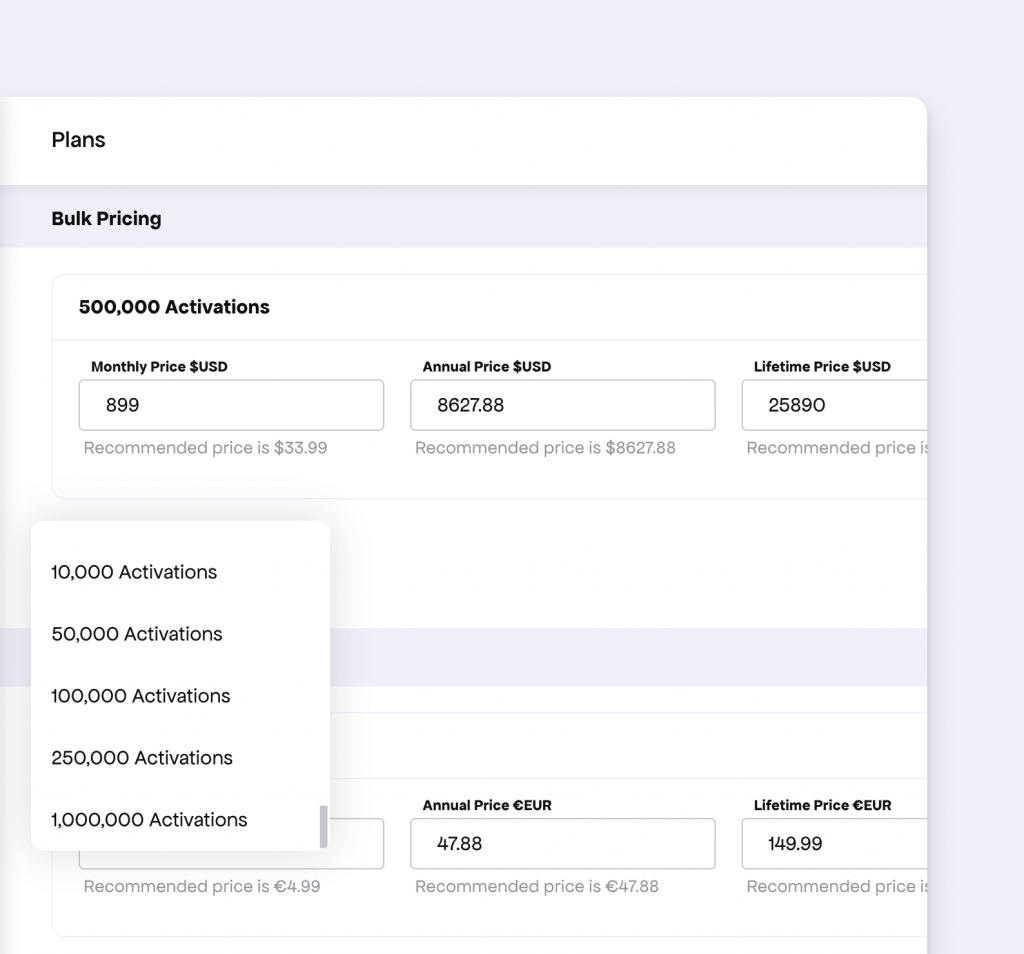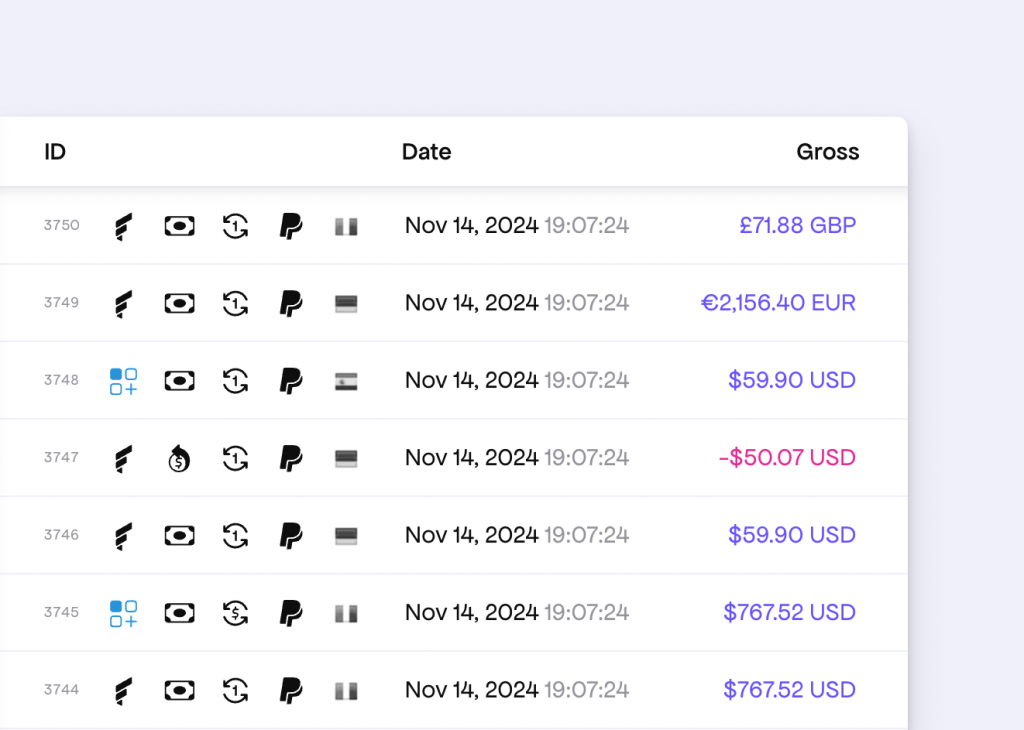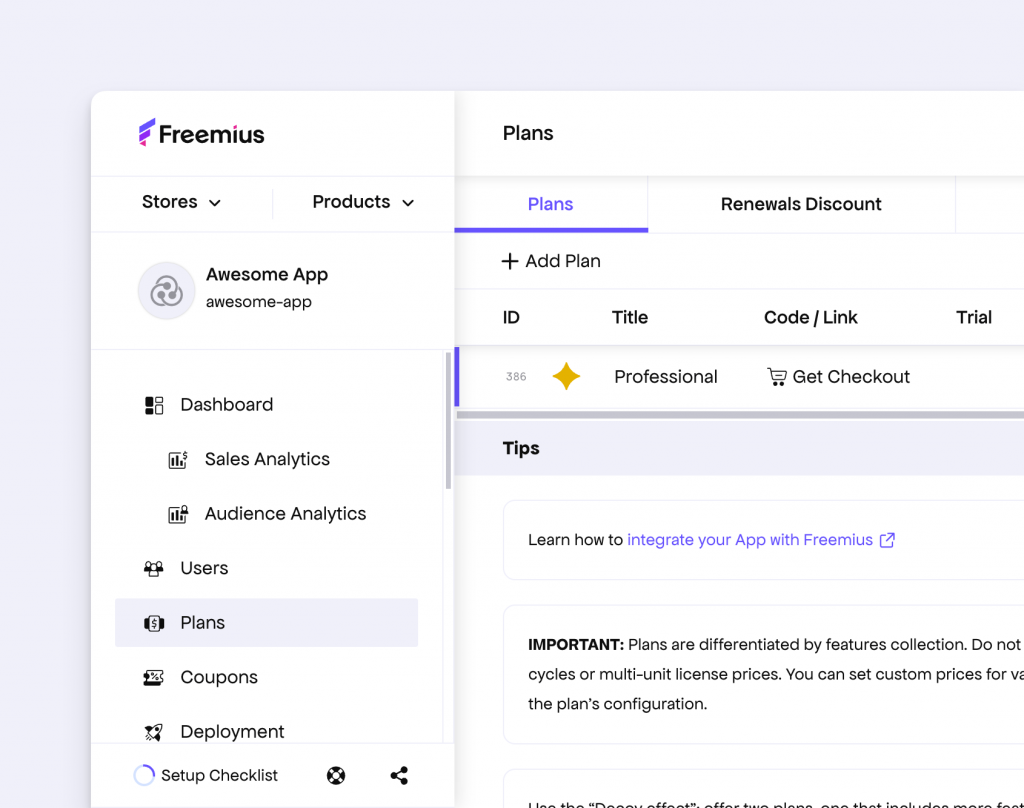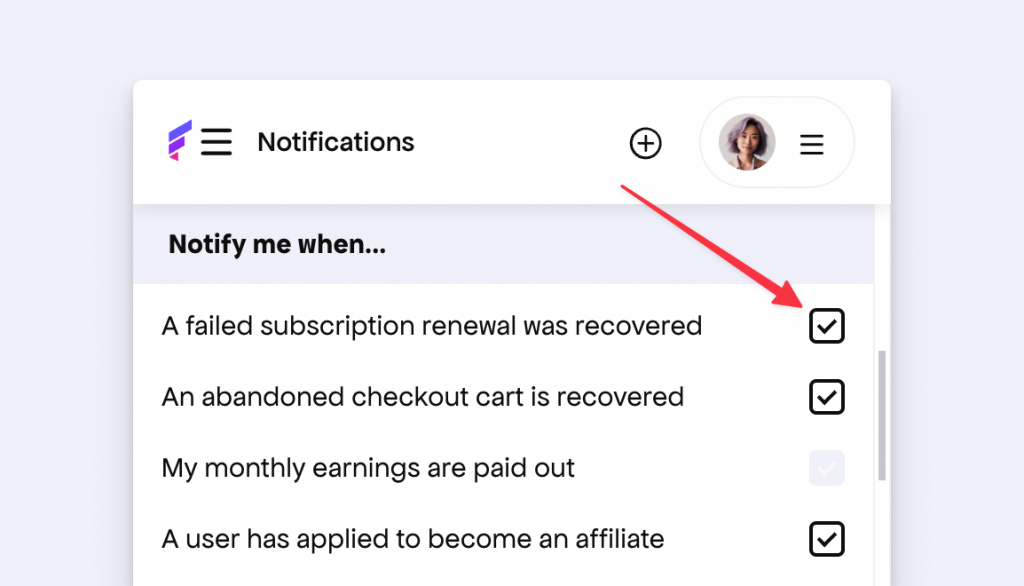New API Endpoint to Generate License Upgrade Links
We’ve rolled out a new API endpoint that allows you to automatically generate Freemius Checkout links for upgrading a license.
While our Customer Portal already handles license upgrades internally, this endpoint is especially useful for SaaS makers who want to implement their own billing experience.
You can read more about the endpoint in our documentation. In a nutshell, from your product’s scope, make a request like:
POST /v1/products/{product_id}/licenses/{license_id}/checkout/link.json HTTP/1.1
Content-Type: application/json
Accept: application/json
Authorization: Bearer 123
Host: api.freemius.com
Content-Length: 127
{
"plan_id": "planID",
"billing_cycle": "annual",
"quota": 1,
"currency": "usd"
}
The response will include:
url– The URL of the Hosted Checkoutsettings– Configuration parameters you can pass directly to the Checkout JS SDKexpires– The datetime when the URL will expire
We hope this new endpoint, along with Checkout Redirection and Webhooks, helps streamline your SaaS integration. As we continue improving the SaaS developer experience, please reach out via support with any questions or feature suggestions.
